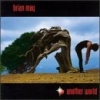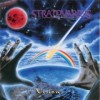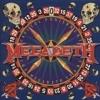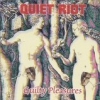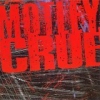13 Nights of Hallowe'en 2010: Night #1 The Legend of Hell House
Hello and welcome to the first of the 13 Nights of Hallowe'en in 2010. Our first movie is The Legend of Hell House (1973). This is a hard one to pin

It's easy to see what other movies the Hell House storyline has influenced. I won't go into most of them for the sake of those seeing this for the first time. It's not a direct comparison since he is not the psychic so I can tell you that I see Roddy McDowall's Benjamin Fischer as an influence on Matthew Lillard's Dennis Rafkin in Thir13en Ghosts. At the same time it's hard to deny the influence of Hell House on Stephen King's Rose Red. The film is considered a British horror movie despite Matheson's script. Most of it happens within the house so that doesn't really tie its location either. What is more telling about this production is that technology I mentioned before. While its purpose and inner makings might be timeless the outer design certainly wasn't. It was purely by happenstance that this first movie of the festivities is the oldest. Enjoy!
Mood: excited.
Music: Welcome To My Nightmare
Labels: Halloween, haunted, horror, Legend of Hell House, Matthew Lillard, movies, parapsychology, psychic, Richard Matheson, Roddy McDowall, Rose Red, Stephen King, technology, Thir13en Ghosts, thirteen





